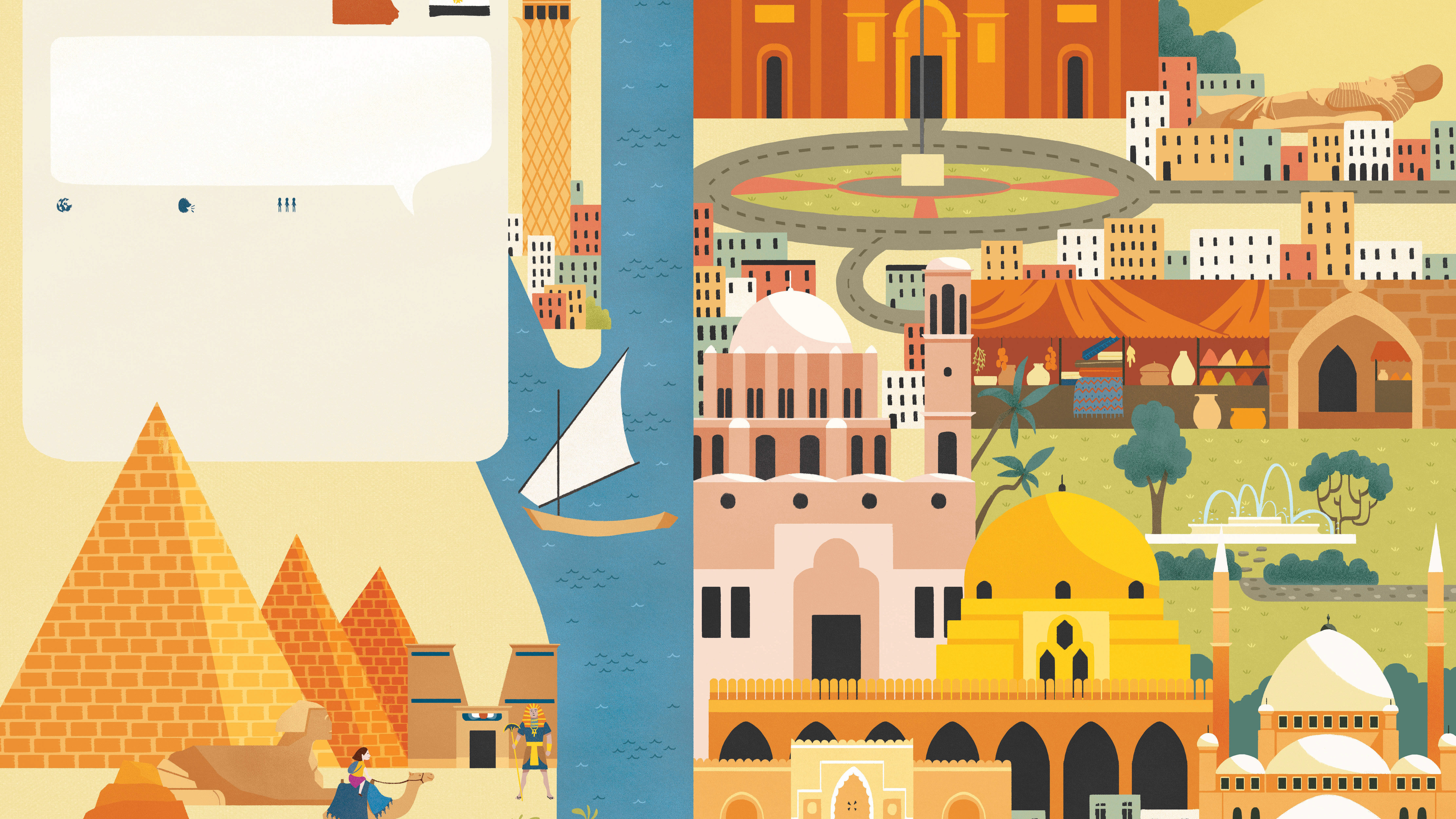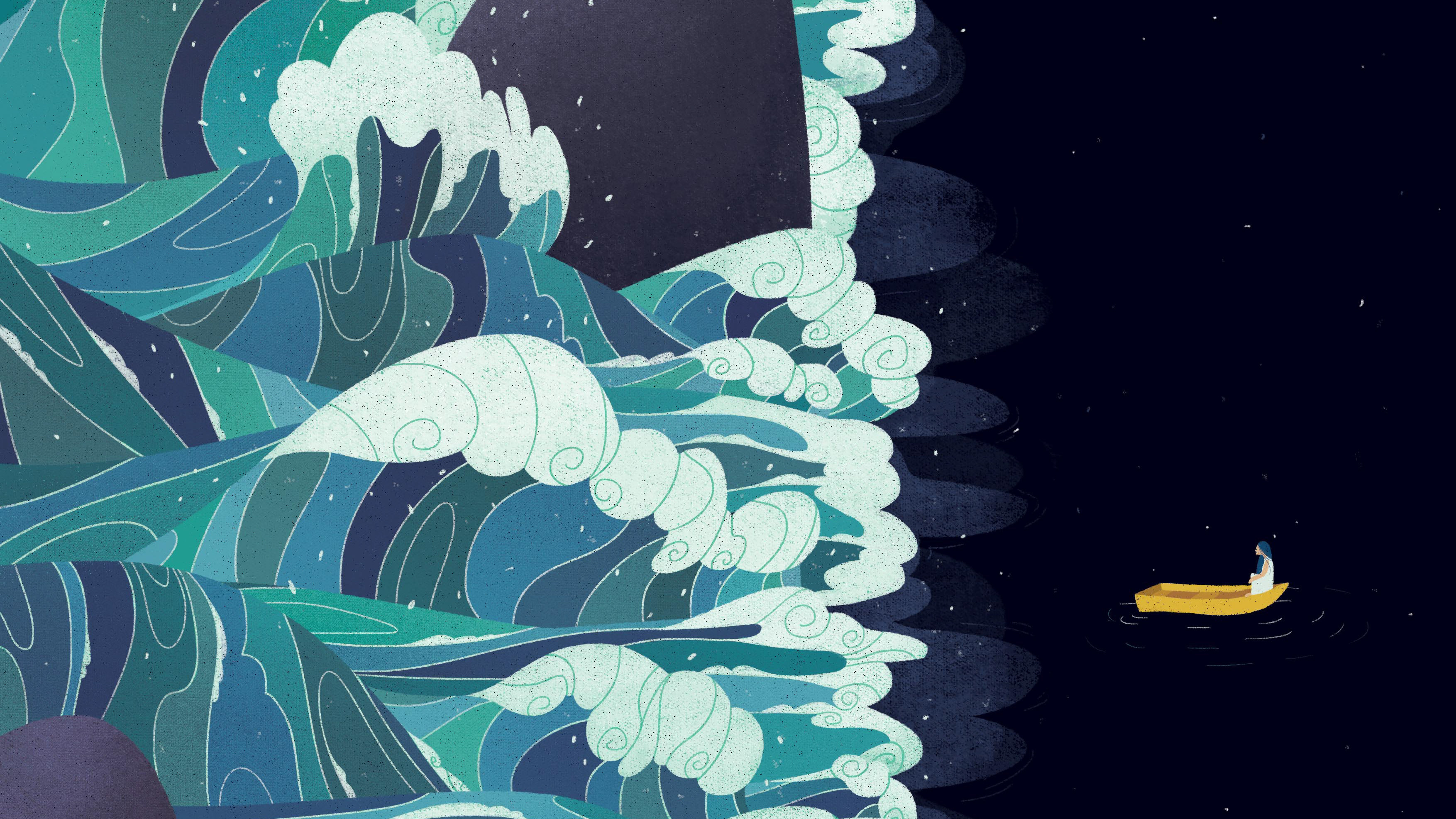If you erase it, we will draw it.
A map for Gaza is a collaborative project involving map illustrators from around the world.
The project consists of creating a collection of maps of the Gaza Strip as a show of support and as a tribute to the territory that is being destroyed and the people who live there.
The project consists of creating a collection of maps of the Gaza Strip as a show of support and as a tribute to the territory that is being destroyed and the people who live there.
Si lo borráis del mapa, nosotras lo dibujamos.
A map for Gaza es un proyecto colaborativo en el que participan ilustradores de mapas de todo el mundo. El proyecto consiste en crear una colección de mapas de la Franja de Gaza como muestra de apoyo y en homenaje al territorio que está siendo destruido y a la gente que lo habita.
Follow us here
Carolina Saiz
For me, illustrating a map means immersing yourself in the life of a territory, in the culture, history and nature that compose it and in the society that inhabits it. Making this map has been difficult and surprising. I believe that ignorance generates a lack of empathy and that we are not aware of what has been lost in Gaza. Through illustration, this project aims to preserve the memory of what it was and bring it to the world.
Maÿlis CART-LAMY
Despite the oppression it faced from all parts, before its massive destruction Gaza was a place where people managed to study, play, love, create, grow food, help their community, enhance their culture, resist, and connect with the world. Most importantly, they kept dreaming of a better future. Through this project we aim to show our solidarity with civilians and call for a ceasefire.
Giulia Lombardo
Drawing this map threw me even more into despair, if possible. I realized that by following the news you only have a partial vision of what and where is happening. Seeing all those places destroyed, damaged, closed has fueled my sense of helplessness over this situation. Counting the places, once full of people, now abandoned and demolished is heartbreaking.
Eduardo Leal Uguina
‘I wanted to represent Gaza as an idyllic place, as the place it was.
A place where children were children, the green was green and life was peaceful. A place that will never be the same again, but which is important to remember. A place that deserves to stay on the maps forever’.
A place where children were children, the green was green and life was peaceful. A place that will never be the same again, but which is important to remember. A place that deserves to stay on the maps forever’.
Victoria Fernández
This is just a small sample of all that has been lost in years of offensive against this region. The people living in Gaza are generations of refugees who, despite the unjust circumstances that have led them to make this place their home, have tried to live a more or less dignified life. It is regrettable how this attempt is once again being crushed.
Grant Mitchell
Seeing the genocide and destruction of Gaza, especially how it has been largely affecting and targeting kids, has been absolutely heartbreaking. I wanted to focus on these kids and the parks where they once played and got to just be kids. I learned so much about the strength and resilience of the Palestinian people through creating this map and am in awe that even in the worst of times; they are still finding ways to bring joy and play to children.
Melissa Archer
As a Map Designer, I strive to create art of places that are special to someone. This project is very different from my usual work, because of the heart wrenching fact that this isn’t Gaza anymore. Gaza has been destroyed, erasing so much culture, architecture, and the way of life for Gazans. I created this piece to bring awareness to what Gaza was, and bring optimism to the fact that they will be free, and they will rebuild their lives, but to never forget all that they have lost.
Indi & Lala
Food is an essential element in the culture of an area. By looking at its dishes, we can learn about the types of crops, history, and how its people interact with each other.
In addition, the moment when we sit down to eat is a time reserved for rest and socialization. Cooking is an act of love, as the time dedicated to a recipe is also time and attention dedicated to the diner.
Food shortages and the economic blockade in Gaza have led to a devastating famine. This not only affects the physical health of the Palestinians but also their cultural identity and their ability to keep their culinary traditions alive.
Astrid Prasetianti
When I drew this map, I learned more about Gaza and how the life of the people before. Through this map, I want to show the historical buildings, their special meal to enjoy with their family, their normal life. Even though most of those places and culture are destroyed now, it will always remain on this map and in our memory, we will never forget. And soon they will be free and rebuild everything.
Dana Kingery
Through making this map I became more familiar with Gaza. I wanted to focus on the important buildings, history, and photos of people. It helped me realize what has been lost and how important it is to not only document what Gaza used to look like, but help restore what was once there.
Cajila Barbosa
The creative process to develop this map involved a huge dedication to researching and learning more about the Gaza Strip, which allowed me to see a completely different side to what I have seen in the news. I was able to immerse myself in its culture, architecture and beautiful region, which was terribly devastated during the conflict. Noticing the contrast between fragments of a normal life, where people went about their lives (visiting mosques and museums, growing fruits and flowers, going to university, enjoying beaches, parks and gardens) and watching the painful massacre that is happening to civilians and The destruction of their territory devastates my heart and causes me a feeling of great sadness and pain.
With this map, I wanted to represent all the beauty that used to exist in this region and the richness of its culture, bringing to light what Gaza used to be. Learning about the history of this place, identifying historical buildings, observing its citizens and creating each element individually to later put them together in a creative composition within the map format, was something very rich for me as an artist and as a person. I dedicate all my solidarity and empathy to civilians and pray for an immediate ceasefire so that people can rebuild and live with dignity.
Maite Oz
This illustrated map is part of a collective project led and organised by the illustrator Carolina Saiz. When she invited me to create a map for Gaza I knew it would be a challenging project.
Creating this map and researching the references has helped me to learn more about this place and its culture. However, the search for the images has been heartbreaking and has raised many questions. How do I draw a territory that is being destroyed? How do I illustrate buildings now in ruins? How do I portray the people who once lived there and now seek refuge in camps? And those who are no longer there? Official media say that currently 38,000 people have lost their lives in this territory. The key I have illustrated in the centre of the map symbolises the resilience of those who have lost their homes, and this map is a gesture of solidarity towards all of them. The message is being addressed to the international community, urging them to make efforts for dialogue, respect and peace.
Creating this map and researching the references has helped me to learn more about this place and its culture. However, the search for the images has been heartbreaking and has raised many questions. How do I draw a territory that is being destroyed? How do I illustrate buildings now in ruins? How do I portray the people who once lived there and now seek refuge in camps? And those who are no longer there? Official media say that currently 38,000 people have lost their lives in this territory. The key I have illustrated in the centre of the map symbolises the resilience of those who have lost their homes, and this map is a gesture of solidarity towards all of them. The message is being addressed to the international community, urging them to make efforts for dialogue, respect and peace.
Eva Naccari
When I discovered @amapforgaza, a project launched by @carolinasaizdesign, I had no doubts: if possible I would have given my contribution. In fact, the idea of drawing those places, while others are trying to erase them, immediately seemed powerful to me.
Making this map was different from all the others. I did some research and discovered many things I didn't know about the Gaza Strip. I felt sad and helpless seeing photos of destruction and wondering if what I was looking at and drawing still existed or had already been lost or damaged. At the same time I felt closer to the Palestinian people, who I hope will soon find justice and serenity.
Making this map was different from all the others. I did some research and discovered many things I didn't know about the Gaza Strip. I felt sad and helpless seeing photos of destruction and wondering if what I was looking at and drawing still existed or had already been lost or damaged. At the same time I felt closer to the Palestinian people, who I hope will soon find justice and serenity.










